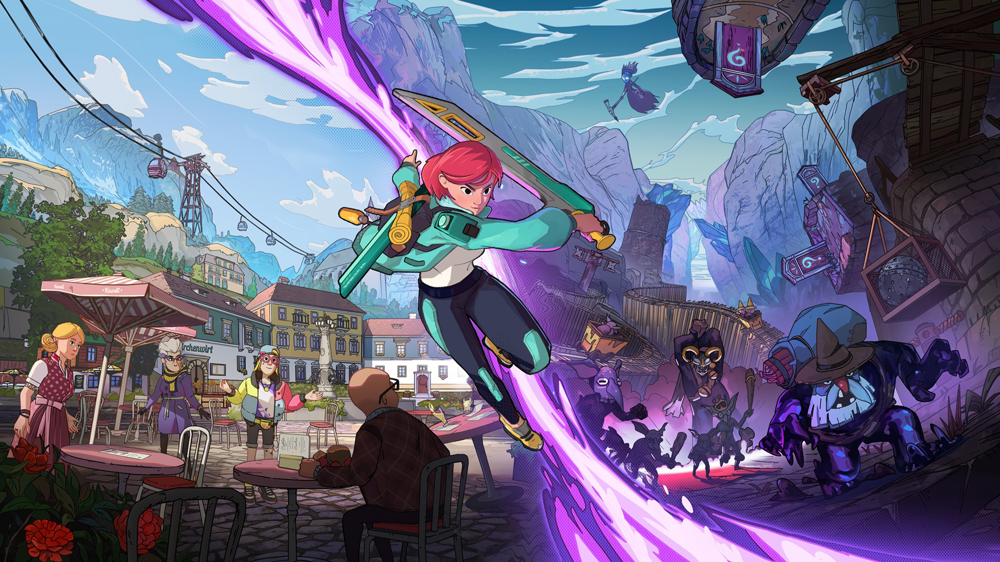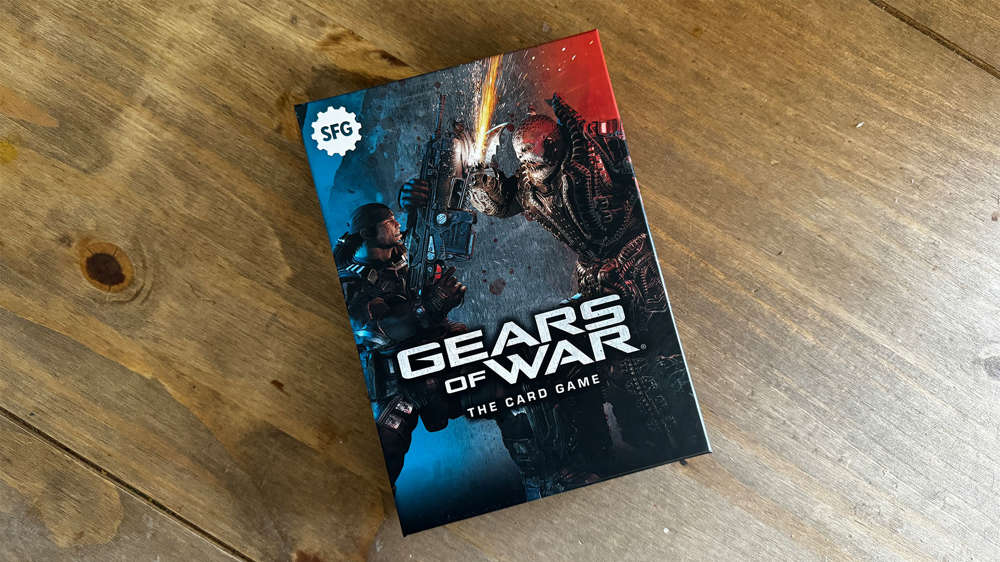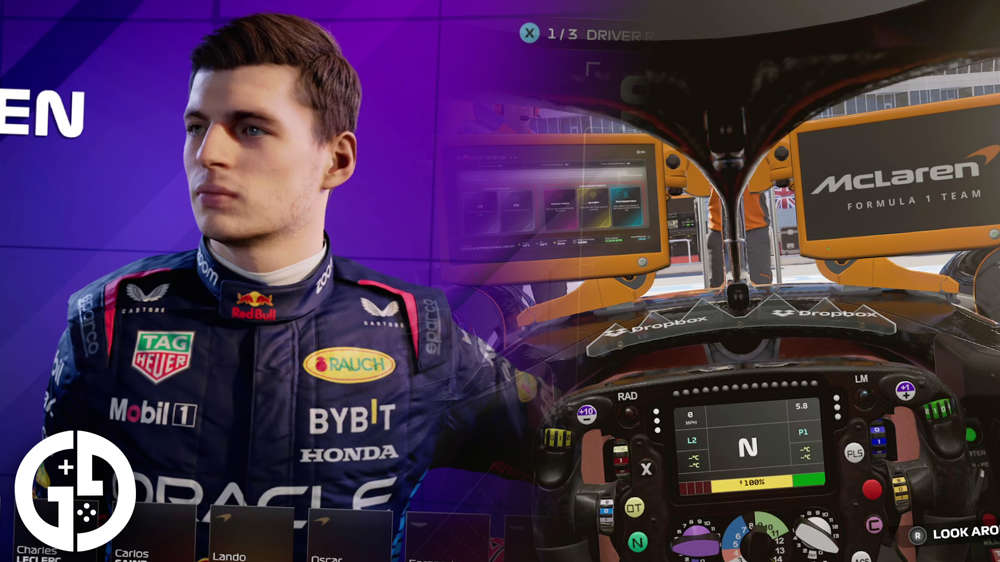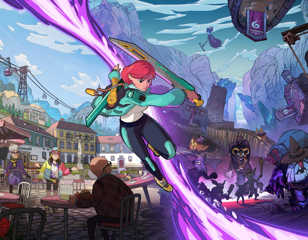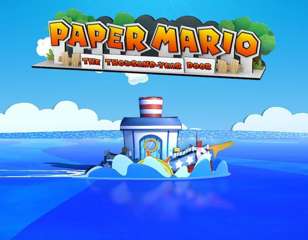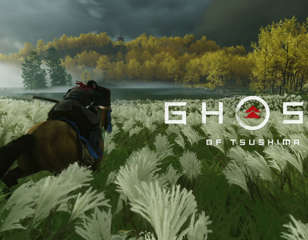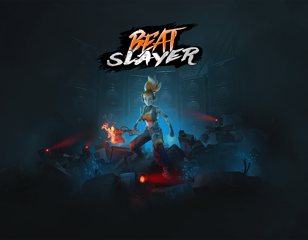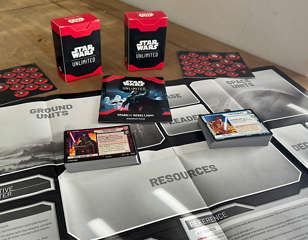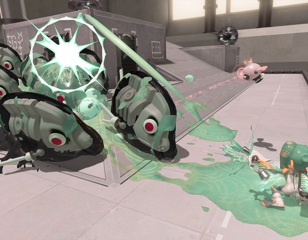Ghost of Tsushima PC review: PlayStation port is pure technical wizardry
The team at Nixxes might have just completed its best work in porting PlayStation behemoth Ghosts of Tsushima to PC, with one of the best ports the platform has seen.
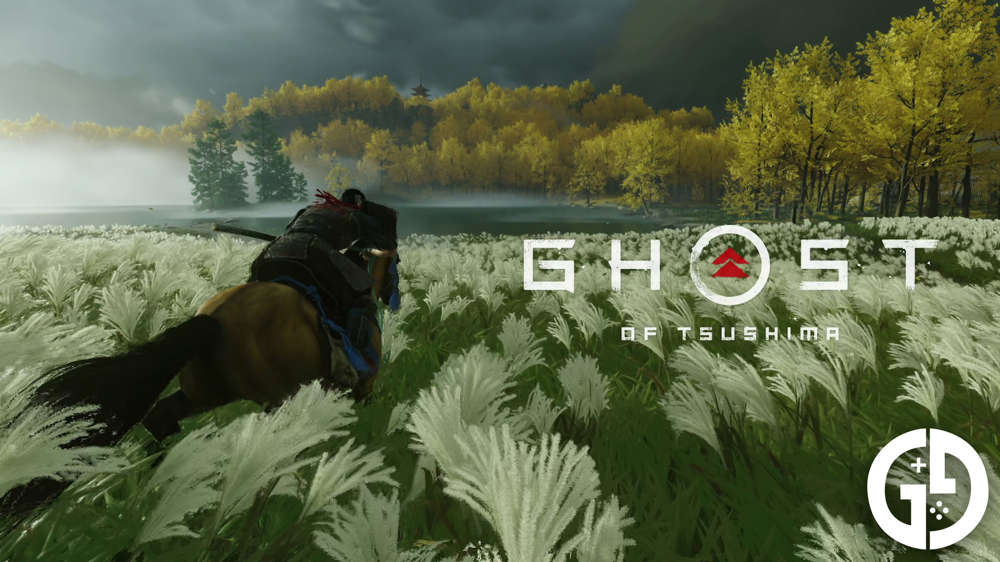
Ghost of Tsushima is perhaps Nixxes' most impressive work yet. In porting one of PlayStation’s best games to PC, it’s also created one of the best-optimised pieces of software you can find on the platform.
With scalable options to suit almost every player and enough content to keep you immersed for weeks, Ghost of Tsushima on PC might just be the hottest commodity in PC gaming right now.
Images via Sony
Platform(s)
PC
Released
16/05/2024
Developer
Sucker Punch, Nixxes
Publisher
PlayStation PC LLC
Following Sony’s trend of releasing best-selling PlayStation games on PC, Ghost of Tsushima is the latest title to make the platform jump. Just missing out on the leap to PS5 in 2020, Ghost of Tsushima was already a technical marvel when it was first released, transporting players away to a stunning historical representation of the Japanese island.
The gameplay might not have changed much in its port to PC, but thanks to some more technical wizardry from the team at Nixxes, it’s now far and away the best place to experience what the game has to offer. Whether you’re running slightly older hardware or want to take the game on the go with you, here’s what you need to know about the Ghost of Tsushima PC port.
GGRecon Verdict
Ghost of Tsushima is perhaps Nixxes' most impressive work yet. In porting one of PlayStation’s best games to PC, it’s also created one of the best-optimised pieces of software you can find on the platform.
With scalable options to suit almost every player and enough content to keep you immersed for weeks, Ghost of Tsushima on PC might just be the hottest commodity in PC gaming right now.
Endless hours of fun

Much has already been said for the quality of Ghost of Tsushima’s story, world, and gameplay mechanics. While GGRecon didn’t review the title at the time, I’ll give a brief summary of those aspects before moving on to the specific work that’s gone into the PC port.
When Ghost of Tsushima first launched on PS4, I quickly became enthralled by its gorgeous world and familiar yet innovative gameplay mechanics. It iterated on the famous Ubisoft formula of liberating encampments to uncover the map's fog of war, and upgrading your character stats all the while. It may have been a well-trodden path, but Sucker Punch knew how to breathe plenty of fresh air into it.
Instead of littering your screen with countless, choice paralysis-inducing icons, Sucker Punch almost eradicated UI altogether. Aside from a simple health bar and a tiny quest log, which both disappear during world exploration, your screen is left wide open to take in the mesmerising world of Tsushima.
Subtle wisps of wind act as a crutch to guide you through the world, with animals like foxes and birds also leading you to undiscovered secrets. It’s a diegetic way of keeping you fully immersed in what Tsushima has to offer, and I’m honestly surprised more games haven’t nicked the mechanic since 2020.
The world that Sucker Punch has designed only shines brighter on PC. With the settings cranked up to the max, the flowing breeze cuts through the grass to create a wave-like shimmer, and the wide gamut of colours from the flower fields radiate from the screen - especially in HDR mode.
I’m playing on a 21:9 widescreen monitor too, and the support here is absolutely fantastic. With full UI scaling options, most of which fade away outside of combat anyway, you’re left with a truly wraparound window into this fantastical world, one that I can already find myself feeling the need to explore every inch.
There’s plenty of that world to explore, too. This port is of the Directors Cut that was later released on PS5, and includes both the game and the subsequent Iki Island expansion. It took me almost 50 hours to earn the platinum trophy in the base game, so with the DLC included you’re looking at about 65 hours of gameplay in total. I loved every second of it the first time around, and I’m extremely excited to be doing it all again on PC.
Technical wizardry
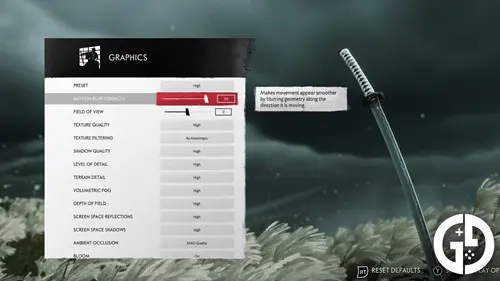
Nixxes, the studio that’s ported most of Sony’s games to PC, has built up a reputation for its stellar work on translating titles to a new platform. To be honest, Ghost of Tsushima might be its most impressive work yet.
Everything that you could want as a PC gamer is here and displayed fantastically. A litany of graphics options lets you tweak the game’s look to your personal preference or the build of your PC. It’s all laid out in an easy-to-use menu, with preview windows that explain exactly how each option will affect your performance.
The minimum spec requirements are fairly low, too, which is almost to be expected given the game originally ran on hardware from 2013. That said, if you’ve got even a slightly beefy PC, you can push Ghost of Tsushima very, very far.
I’m rocking an i9 CPU from 2020 and an RTX 3080 - fairly well-equipped, but not quite blessed enough to be capable of the latest DLSS 3.0 tech with frame generation. That doesn’t matter with Ghost of Tsushima, as Nixxes has somehow managed to enable the use of AMDs own Frame Generation technology in tandem with Nvidia’s DLSS 2.0. The result is profound, almost doubling my frame rate in any given scenario - at 3440x1440 and a mix of high and very high settings, I managed to maintain a near-constant 120 fps.
For Ghost of Tsushima to look and run as well as it does is coding wizardry I simply cannot wrap my head around. I can only assume that it’s a gargantuan amount of work that goes into a port like this, which might be why other developers haven’t yet replicated the work of Nixxes. Either way, I’ve not stopped being impressed by the port since I booted it up, and it's given me not just a renewed love for Ghost of Tsushima, but PC gaming as well.
Samurai on standby
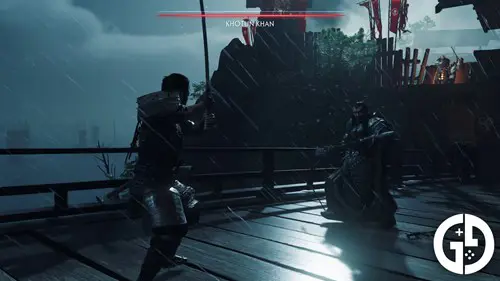
That impressive performance also carries over to handheld PC platforms like the Steam Deck, which is capable of running Ghost of Tsushima remarkably well. With all the settings set to low and the resolution scale set to target 60 fps, I was able to maintain a fairly respectable 40 fps on my OLED model.
While setting everything to low might now sound ideal, the game still looks absolutely stunning on the smaller screen, and the HDR support is replicated fantastically on the OLED. Especially at night, beams of moonlight cutting through trees make the game feel as though you’re looking through a portal of another world. It’s easily one of the best-looking games I’ve seen running on the device.
The only issue I’ve encountered so far is one endless loading screen, which required me to restart the game and play through a small section again. However, this only happened once at the start of the game and hasn’t happened since after two hours of gameplay.
You’re looking at the shortest amount of battery life possible on whichever handheld device you’re using, as Tsushima is understandably a bit of a power hog. The OLED saw a regular power draw of around 22w during normal gameplay, translating to a rough battery life of two and a half hours - a similar experience to Cyberpunk 2077 and other AAA games that run on Deck.
The Verdict
Ghost of Tsushima is perhaps Nixxes' most impressive work yet. In porting one of PlayStation’s best games to PC, it’s also created one of the best-optimised pieces of software you can find on the platform.
With scalable options to suit almost every player and enough content to keep you immersed for weeks, Ghost of Tsushima on PC might just be the hottest commodity in PC gaming right now.
5/5
Reviewed on PC. Code provided by the publisher.
Comments

